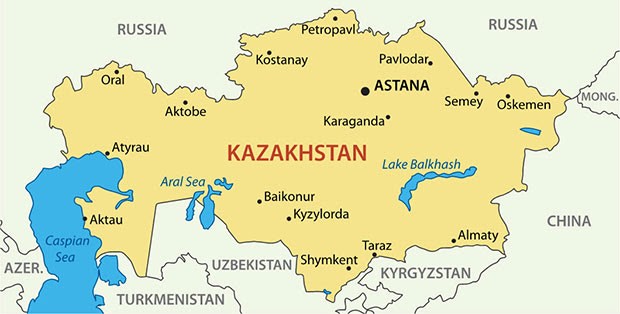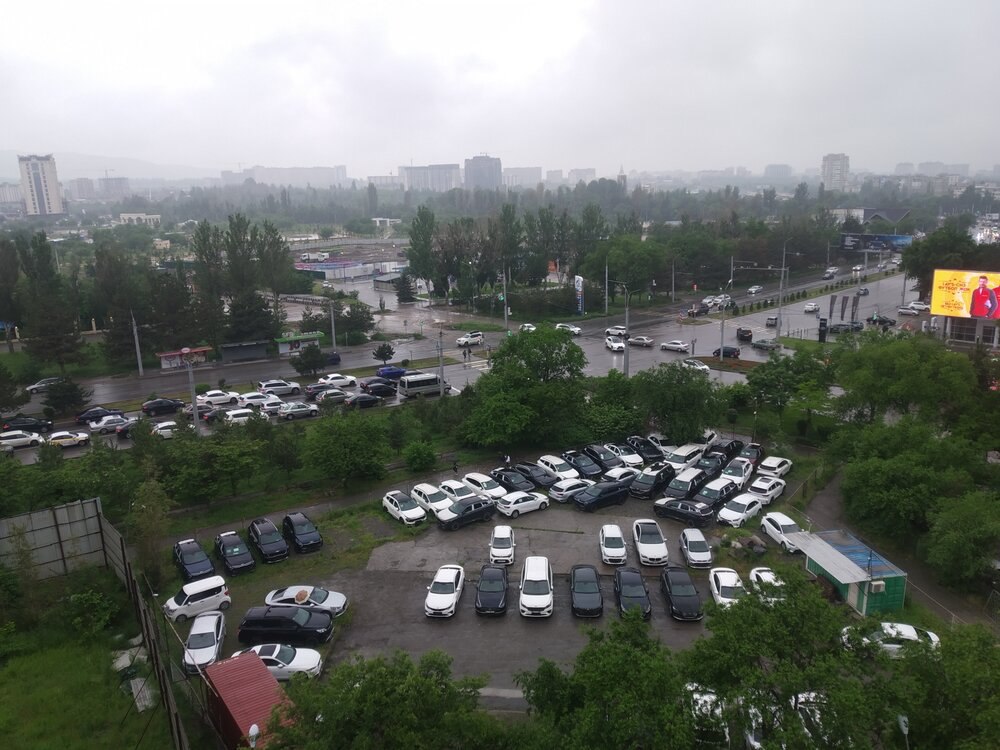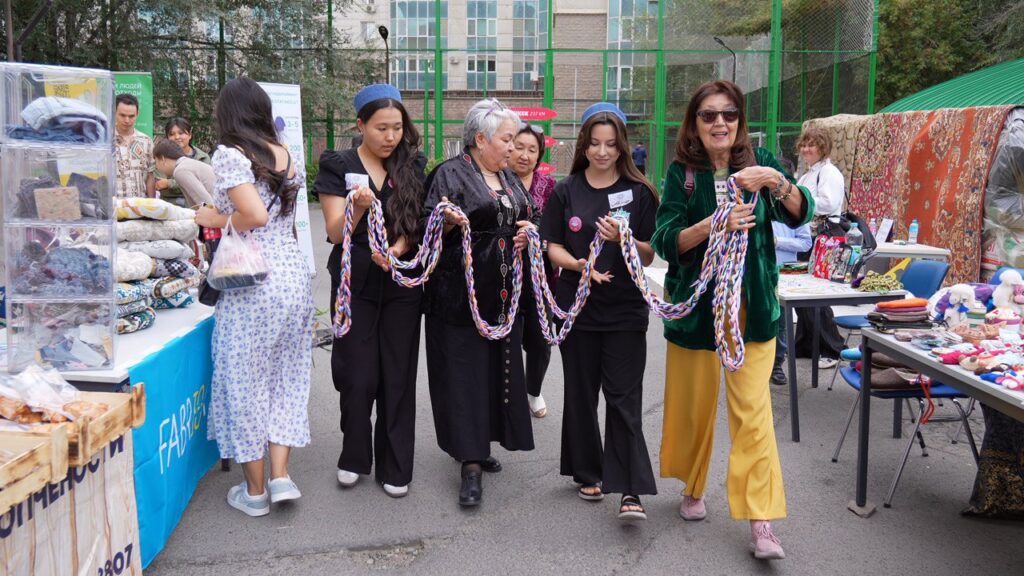ASTANA (TCA) — Dozens of depopulated villages in a northern Kazakh province bordering Russia will be “liquidated” and their residents moved to larger towns, a senior government official says, RFE/RL’s Kazakh Service reported.
Labor and Social Security Minister Madina Abylqasymova spoke during an October 21 visit to the North Kazakhstan region, whose population is heavily ethnic Russian and has dwindled in recent years.
Abylqasymova said that 38 villages with a population of 10 or less will no longer officially exist and their residents will be relocated to “more developed towns and villages across the region.”
She suggested that the shift would create jobs but did not explain how.
“The more people there are in district centers and bigger settlements, the more jobs there will be, which will create better conditions for the development of small and medium business,” the minister said at a meeting with North Kazakhstan residents.
She said the government will allocate budget funds for infrastructure development only in economically promising population centers.
North Kazakhstan borders Russia’s Kurgan, Omsk, and Tyumen regions.
About 35 percent of its 600,000 residents are ethnic Kazakhs, while some 60 percent are ethnic Russians, Ukrainians, Poles, and Germans.
Before the Soviet Union broke apart, Kazakhs made up about 22 percent of population of North Kazakhstan.
After the Soviet collapse of 1991, many residents left the region — mainly for Russia and Germany. Others, including ethnic Kazakhs, moved to other areas including Astana — where President Nursultan Nazarbayev moved the capital in 1997 — and the surrounding Aqmola region.









